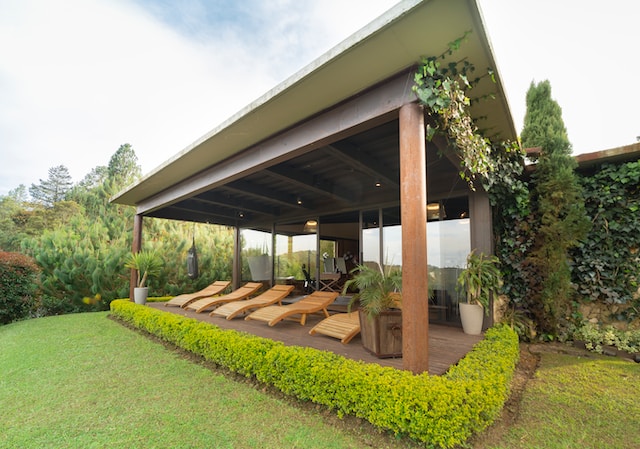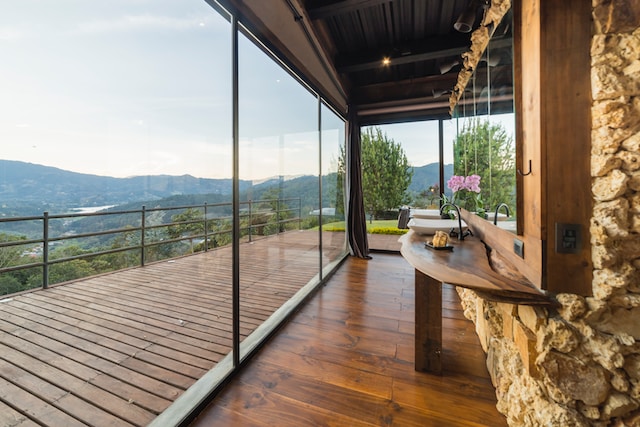 What is the schoolyard if not a place to plant the seeds of the skills we will have as adults? Rethinking the role of recess has been one of the crusades of pedagogue Gey Lagar, who has focused her efforts on children with autism spectrum disorder (ASD). Lagar realized the importance of this space when it comes to socializing for children – not just those with ASD traits – and decided to create the concept of a dynamic playground, which questioned one of the most immutable institutions of the school: recess.
What is the schoolyard if not a place to plant the seeds of the skills we will have as adults? Rethinking the role of recess has been one of the crusades of pedagogue Gey Lagar, who has focused her efforts on children with autism spectrum disorder (ASD). Lagar realized the importance of this space when it comes to socializing for children – not just those with ASD traits – and decided to create the concept of a dynamic playground, which questioned one of the most immutable institutions of the school: recess.
The fact that a degree of freedom is traditionally allowed when it comes to socializing and undirected play, as well as going outside the classroom rules, makes recess one of the most conflictive moments among students, which can even lead to violence between them.
If its recommendations are followed, social relationships become closer, without prejudices or stereotypes, and spaces for understanding, dialogue, and democracy are encouraged when carrying out activities because inclusive playgrounds are based on group play.
Schools that have implemented them in their recesses have seen how cooperation, leadership, and creativity increase and how conflicts are reduced by looking for alternatives to classics such as soccer or racing. In addition, it is an effective way to reduce noise pollution, another of its great benefits.
The essential objective of inclusive playgrounds is to generate social inclusion, so it will be necessary that, at least at the beginning, there is a teacher – preferably always the same one – to act as a guide for the activities. This position can eventually eventually be rotated to include all teaching staff, but ASD students must know who to turn to at all times.
 The first step to energize a patio is to apply pictograms to the different elements. Pictograms are a simple way to identify something, whether it is a patio, a field, or some stands. This may be evident for students not on the autism spectrum. Still, it is appreciated for those who do present traits, as it is much easier to recognize the associated spaces and activities.
The first step to energize a patio is to apply pictograms to the different elements. Pictograms are a simple way to identify something, whether it is a patio, a field, or some stands. This may be evident for students not on the autism spectrum. Still, it is appreciated for those who do present traits, as it is much easier to recognize the associated spaces and activities.
However, it is not enough to have dynamic elements to create a vibrant playground; it is necessary for all students to feel safe and supported. Not all students like the same games; the difficulty lies in establishing healthy dynamics for everyone.
In this sense, during the day, the interior patio is a place where you can enjoy a bright outdoor environment, which can also provide natural lighting to the adjoining areas, to a greater or lesser extent, depending on its orientation. Designing these spaces by planning how to make the most of natural light is critical for well-being when living in them.One idea that can be taken to create a dynamic playground is to implement new games every five weeks. They can be new sports, like dodgeball, or activities like hide-and-seek. It should be changed when it is detected that some general activity is problematic or not liked.
For this type of recess to work well, the patio can be divided into several different areas, each with an other activity. If you are thinking about delimiting spaces in your school, one of the best ways to do it is through painting and murals, which can also include elements such as long jumps or targets to practice aiming.
